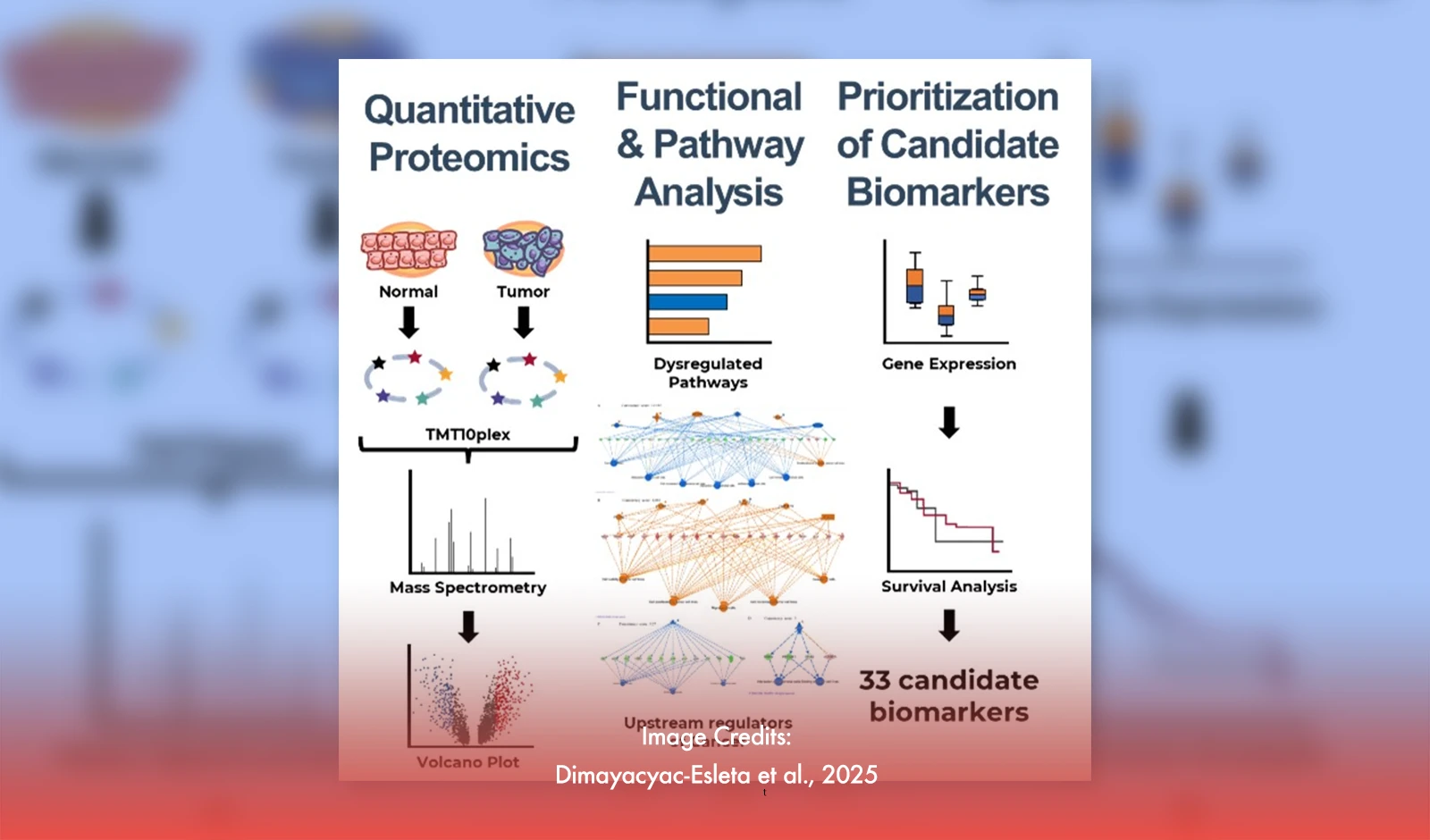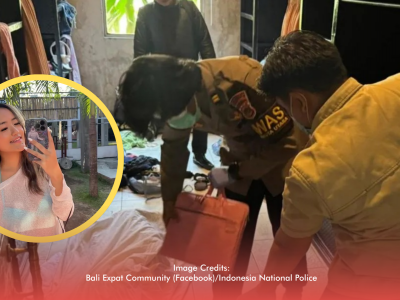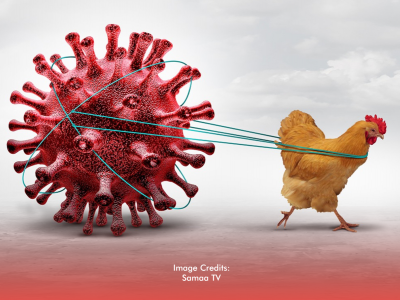Lung cancer remains the leading cause of cancer-related deaths globally, with nearly 2 million fatalities each year. In the Philippines, it is responsible for over 20,500 deaths annually, the highest among all cancer types. Early detection plays a crucial role in improving survival rates, and a recent study from the University of the Philippines (UP) Diliman offers hope with the identification of potential biomarkers that could enhance diagnosis.
Unveiling Potential Biomarkers in Filipino Patients
In a collaborative effort supported by the Department of Science and Technology (DOST) and the Philippine Council for Health Research and Development (PCHRD), a team of researchers from UP Diliman’s College of Science (UPD-CS) focused on identifying biomarkers for non-small cell lung carcinoma (NSCLC), particularly lung adenocarcinoma (LUAD), the most common lung cancer type. Their study examined tissue specimens from early-stage NSCLC LUAD patients, specifically looking at protein levels in both tumor and adjacent normal tissues.
Through quantitative proteomics analysis, the team discovered 4,403 proteins with irregular expression in the tumors, linked to vital processes such as protein translation and metabolism. These disruptions may contribute to cancer progression. They also identified 33 proteins in blood plasma and tissue samples that could serve as promising diagnostic biomarkers.
Enhancing Detection Methods
Dr. Baby Rorielyn Dimayacyac-Esleta, the lead researcher, explained that the identified proteins show abnormal gene and protein expression patterns, correlating with a poorer 5-year survival rate for patients. These proteins could complement existing diagnostic methods like chest radiography and low-dose CT scans, improving accuracy and sensitivity.
The study, published in the Journal of Proteome Research, offers valuable insights into early lung cancer detection. As the research team continues refining these biomarkers for clinical use, they aim to provide doctors with better tools for diagnosing NSCLC, potentially saving lives through earlier intervention.








